Persimmons are beautiful and adaptable fruit trees and the fruit can be eaten fresh, dried or pickled. They grow best in warm southern regions, in the Pacific northwest and into central and southern California. They are standard size trees so make sure you have lots of room for this one to grow. The oriental persimmon is native to China and Japan and is a relatively pest-free tree to grow. It has glossy dark green leaves that turn red, orange and yellow for a fiery fall display. Even after all the leaves drop the deep red orange fruit hangs on the bare branches for a dramatic fall picture.
Types of Persimmon Fruits
Non-Astringent - like the Fuyu variety. The Fuyus' fruit can be eaten right off the tree like an apple. The Fuyu is a popular cultivar grown worldwide. This cultivar is a heavy producer, so it is important to thin the fruit.
Astringent - like the Hachiya. The Hachiya needs to be fully ripe and very soft before you eat them. If you eat them before they are ripe, it might taste like eating alum powder (from the high levels of tannic acid). Pick them when they're fully colored but still firm. They can be left on the tree to ripen but more often than not birds or racoons will eat them before you do. To ripen them, put them in boxes and leave them in the garage or you can ripen them on the kitchen counter. When they're ripe they will feel like holding a bag of jello and they'll be translucent instead of opaque. If you see a little sun scald on the fruit, don’t worry. It actually helps the fruit taste sweeter. Once they're fully ripe you can freeze them whole and then take them out and enjoy them whenever you want.

Are Persimmons Right for You?
Persimmons will need plenty of room, full sun and good drainage. They're hardy down to zone seven and have a low chill requirement. They bloom late enough to avoid most late spring frosts. They grow best in warm southern regions, in the Pacific northwest and into central and southern California.
Planting & Growing Persimmons
Soil type - these trees prefer loamy soils but they will tolerate heavier clay soils better than most fruit trees, especially if the tree that you are planting is grafted onto a "D Lotus" rootstock. Just make sure there is adequate drainage, they will not tolerate soggy soils.
Water Requirements - don't over-water your newly planted persimmon tree. The biggest cause of death for persimmon trees is too much water. Once established, persimmon trees are fairly drought tolerant but they'll bear more fruit with regular watering.
Pruning Your Persimmon
You want to train your persimmon to a modified central leader system and you can watch our video on
Summer Pruning of Cherries and Apricots but you will prune the persimmon in the
winter.

Persimmons are heavy producers a mature full-size tree can produce three hundred pounds of fruit, so it's important to prune and thin. Persimmons bear fruit on long shoots. Thin out some of these long fruiting shoots to limit the amount of fruit the tree is able to set. Prune out weak and twiggy growth and water sprouts. Don’t head back your scaffolding branches, it will produce too many shoots. Find a lateral at least a third the size of the branch you're taking out, then use a thinning cut to take the branch back to that lateral. This will keep the tree smaller and more compact without creating a lot of messy water sprouts. Flower or fruit thinning may be necessary later in the season too, especially for the Hachiya cultivar. Thin fruit in early summer, leaving about 1-4 fruit per shoot. Persimmons are known to biennial bearing (fruiting every other year) and thinning may help avoid this pattern.
Grow a persimmon tree for the summer and fall beauty and also the super sweet fruit, and Grow Organic for Life!

 Persimmons are heavy producers a mature full-size tree can produce three hundred pounds of fruit, so it's important to prune and thin. Persimmons bear fruit on long shoots. Thin out some of these long fruiting shoots to limit the amount of fruit the tree is able to set. Prune out weak and twiggy growth and water sprouts. Don’t head back your scaffolding branches, it will produce too many shoots. Find a lateral at least a third the size of the branch you're taking out, then use a thinning cut to take the branch back to that lateral. This will keep the tree smaller and more compact without creating a lot of messy water sprouts. Flower or fruit thinning may be necessary later in the season too, especially for the Hachiya cultivar. Thin fruit in early summer, leaving about 1-4 fruit per shoot. Persimmons are known to biennial bearing (fruiting every other year) and thinning may help avoid this pattern. Grow a persimmon tree for the summer and fall beauty and also the super sweet fruit, and Grow Organic for Life!
Persimmons are heavy producers a mature full-size tree can produce three hundred pounds of fruit, so it's important to prune and thin. Persimmons bear fruit on long shoots. Thin out some of these long fruiting shoots to limit the amount of fruit the tree is able to set. Prune out weak and twiggy growth and water sprouts. Don’t head back your scaffolding branches, it will produce too many shoots. Find a lateral at least a third the size of the branch you're taking out, then use a thinning cut to take the branch back to that lateral. This will keep the tree smaller and more compact without creating a lot of messy water sprouts. Flower or fruit thinning may be necessary later in the season too, especially for the Hachiya cultivar. Thin fruit in early summer, leaving about 1-4 fruit per shoot. Persimmons are known to biennial bearing (fruiting every other year) and thinning may help avoid this pattern. Grow a persimmon tree for the summer and fall beauty and also the super sweet fruit, and Grow Organic for Life!

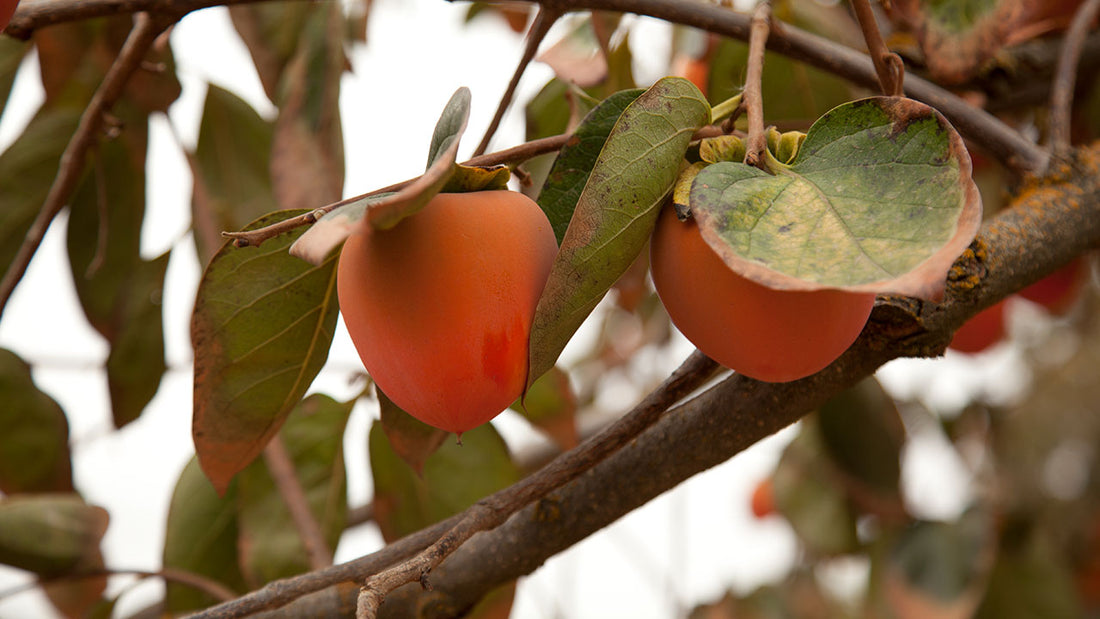
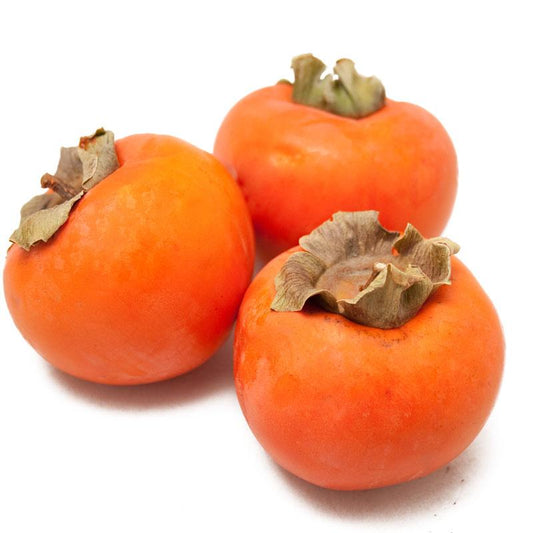
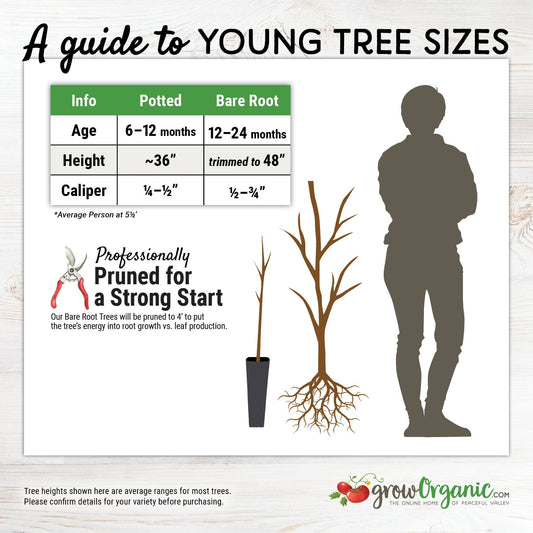
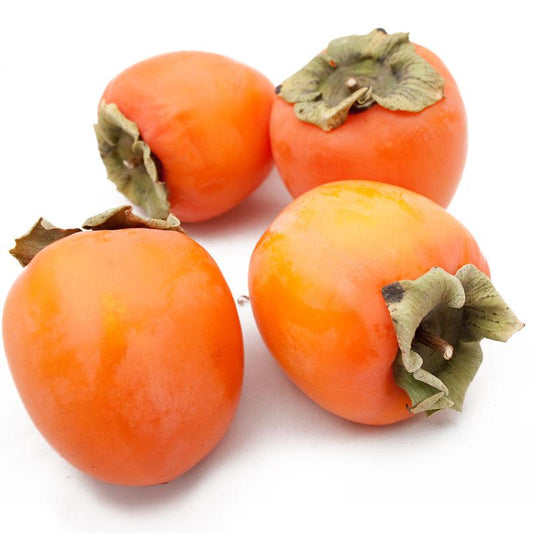
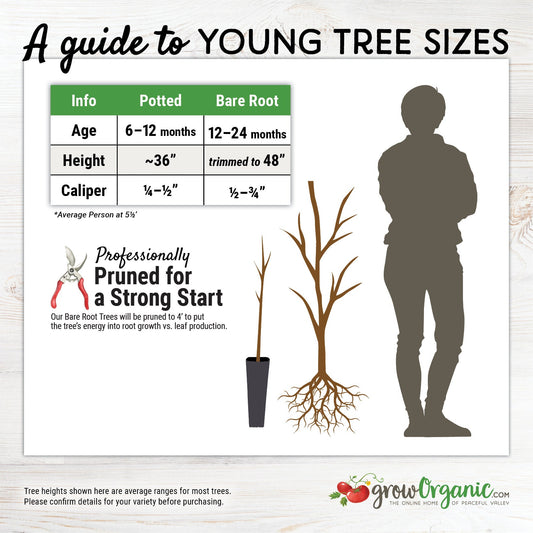
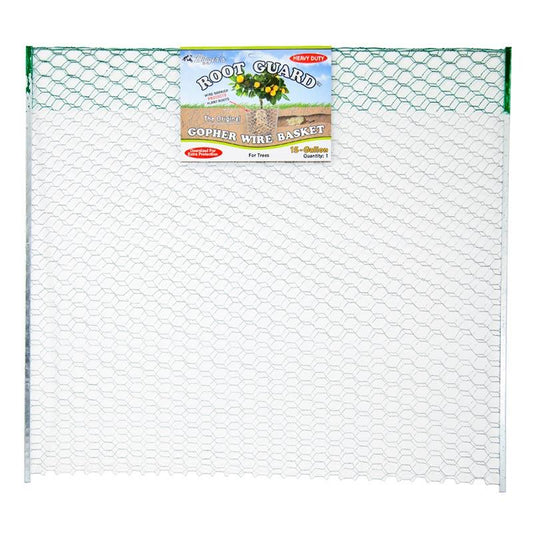
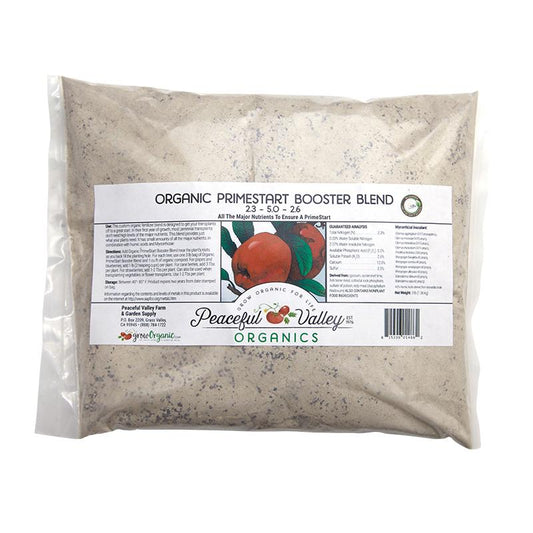
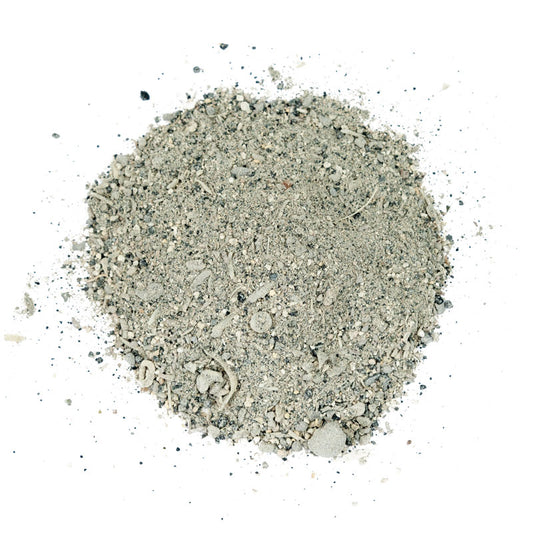
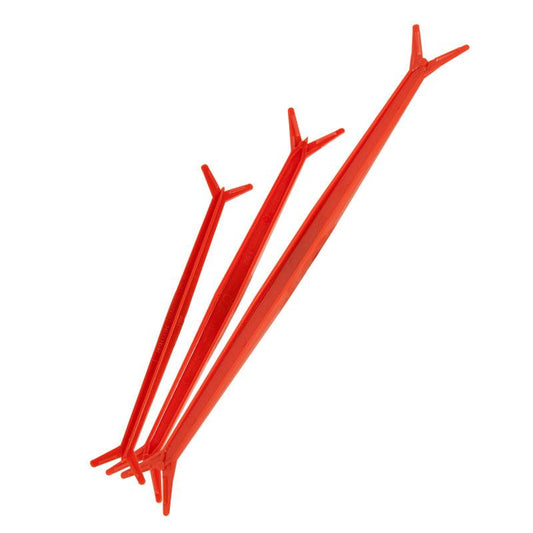
17 comments
Hannah, there could be several reasons why your tree is aborting the flowers. First of all some persimmons can take 5 years to start producing fruit. The flowers may be dropping if they are not getting pollinated. Your persimmon tree is self-fertile however, a second tree of the same variety may help with bigger yields. Have you had freezing temps at the time the flowers were producing? If so, this may be why the flowers did not survive. Persimmons are picky about their water. Don’t over or underwater your trees. What about the soil nutrition. Do you have enough phosphorus to support fruit production? You can fertilize with a higher phosphorus fertilizer but you will not see results until the following season. There are many reasons why this may be happening and you may want to contact your local Master Gardener or Ag Extension office to see is someone locally can assist you.
Hi. I have a chocolate persimmon that has been planted for about 5 years. Every year it flowers well and then they turn brown, no fruits. I have a duty persimmon about 10 ft away and it does bear fruit. I live in bellevue, wa and the soil is mostly clay. I did amend the dirt when I planted the tree. As for watering, I do deep watering when the soil gets dry. What can I do differently to see some chocolate persimmons on my tree next year? Thank you
christine, your persimmons should be dark yellow to orange when fully ripe. You have a non-astringent type and they are usually eaten when firm. It is ok to leave them on through freezing temps. But you can also pick them and allow them to continue to ripen on your counter. I would pick one and taste it to see where they are at in terms of ripeness.
My 5 yr. old Fuyu fruits are going from yellow to dark yellow. The tree is netted, forecast for some below 32 degree nites. Can/should I leave the fruits on? Thanks
Christina, you don’t want to overwater your persimmon. In the future you want to plant your bare root trees before they start leafing out. It just may be a little stressed out going from inside to outside. I would cut back on the water if you are getting rain. Only water it when the soil has dried out. The leaves drying out sounds like the tree just needs some acclimating to being outside in the wind and sun. You can water in a little kelp or feed it some compost tea. That can help with stress.